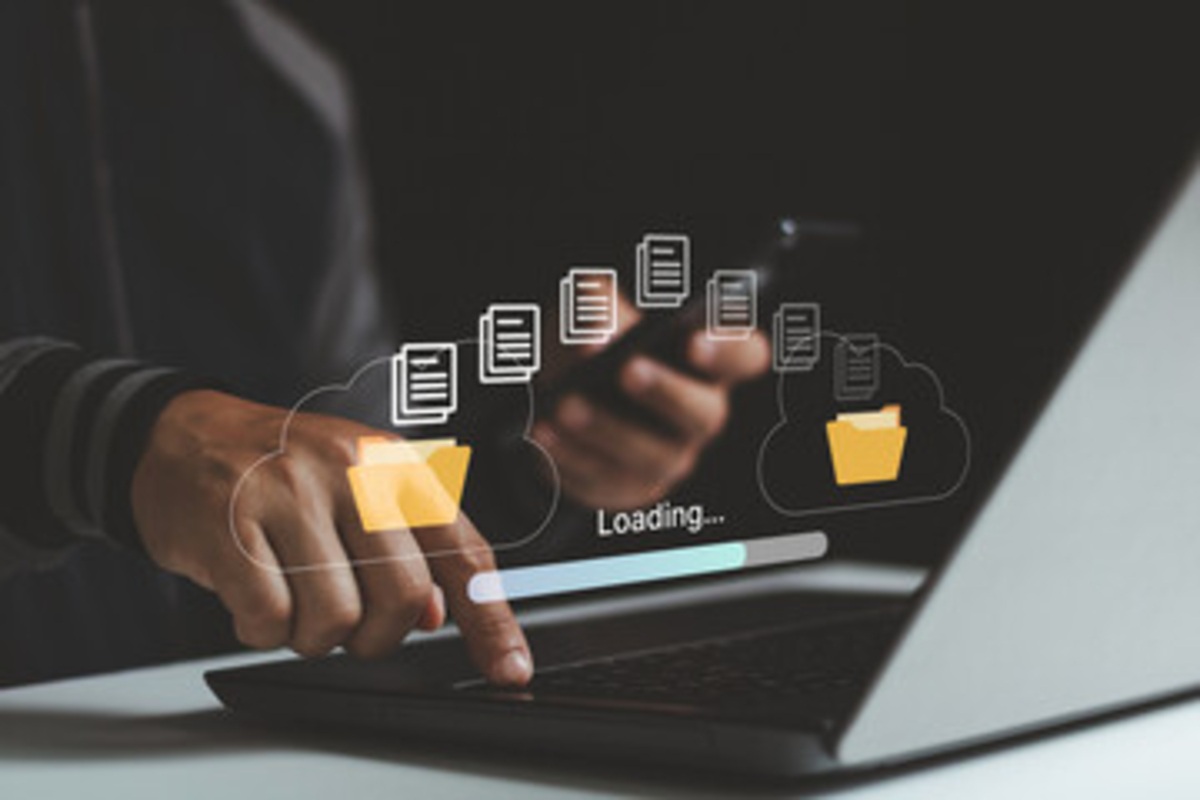It’s never too early to start preparing your business for 2022. We have reached the halfway point of 2021 and we are already seeing important data security trends that may affect your cybersecurity plan for the next fiscal year.
Cybersecurity is becoming more and more crucial for companies as cyberattacks are now the fastest growing crime across the globe, according to CyberCrime. Hackers can target and uncover enough information to essentially stop your business operations and employees. According to CNBC, more than 43% of cyberattacks are aimed at small businesses. Unfortunately, most of these small businesses do not have cybersecurity in place to protect themselves. In order to protect your consumers and employees, companies must be proactive in their privacy and cybersecurity.
With the help of technology advancements and cybersecurity, companies are now in the beginning stages of preparing themselves to stop cyber threats. The current underlying trends for cybersecurity are preparing and educating your employees, understanding machine learning and anticipating attacks from mobile devices. Keep reading to learn more about these trends and why they’re crucial when it comes to protecting your company’s vulnerable data.
User Awareness
Cyberattacks have become more aggressive as technology advances. In order to protect their businesses and customers’ experience, companies are taking steps to increase their cybersecurity. User awareness, or user security awareness, includes educating and testing employees to help protect your business against phishing and other social-engineering cyberattacks.
Cyberattack awareness is essential for a company’s stability. According to Finance Online, after implementing regular cyber hygiene and IT training, companies have found that 80% of cyber hacks are preventable.
Companies are depending on their employees’ awareness to halt oncoming cyber threats that can damage their service reputation. According to Finance Online, 1 in 25 people fall victim to phishing emails and subsequently fall victim to a cyberattack. These evolving and sophisticated attack techniques, designed to fool employees, put your business at risk for data loss, financial fraud and embarrassing exposure.
Cloud security falls under user awareness. The cloud provides employees the ability to work remotely and efficiently. However, the downfall of having the ability to work from home is that data becomes even more vulnerable to cyberattacks which can be more detrimental to the company. According to Panda Security, erroneous errors in cloud settings were the cause of most data breaches in 2020 and misconfigured cloud settings within organizations lead to an overall loss of $4.41 million. Cybersecurity and IT training for all employees will be crucial in 2022.
While cyberattacks occur on multiple different platforms and ranges of devices, phishing scams are the most prevalent. According to the FBI’s Internet Crime Complaint Center over 241,342 phishing complaints were lodged and with more than 300,000 phishing victims. Statistically, phishing scams have become the common way for hackers to attack consumers. However, educating employees, along with machine learning, has helped decrease the number of employees falling for phishing scams through their work email.

Machine Learning
Advancements in cybersecurity have led to a better understanding of artificial intelligence (AI) and machine learning. AI and machine learning (ML) have been identified as crucial trends in cybersecurity and preventing cyber attacks.
Machine learning has become a critical asset to cybersecurity. Machine learning can make cybersecurity far more effective and proactive because cybersecurity systems can analyze and recognize patterns to prevent attacks and respond quickly to cyber threats. According to the SecurityRoundtable, research has found that by investing in the advancement of cybersecurity such as AI and ML, cyberattack incidents will decrease to almost zero.
Machine learning collects data by looking at algorithms and anticipating attacks. However, the quality of the found data is just as important as the amount of data collected. The data must focus on where the attacks came from, how relevant the source was and on what device it occurred on — the cloud or wifi network. With that information, machine learning technology has been able to determine the potential outcomes of any type of cyberattack.
While most companies have some sort of cybersecurity method, they still fall victim to cyberattacks such as phishing emails. According to SecurityRoundtable, companies with strong anti-phishing protection — when compared to systems that rely on machine learning — those companies are still vulnerable to cyberattacks. It was found that employees at those companies still click on bad links 3% to 6% of the time. According to Panda Security, companies that fell victims to cyberattacks but had also deployed AI and ML saved $3.58 million in 2020.
Machine learning can expect and respond to the attacks using a rich database that creates the pattern and controls them by using algorithms. According to Security Roundtable, ML can help with “attacks built around evading signature-based controls on endpoints.” Meaning that machine learning can increase security on vulnerable networks like the cloud and unsecured, public wifi networks. Machine learning technology uses algorithms to automatically identify where networks lose protection and further prevents the possibility of being hacked through those networks.
By implementing machine learning, companies will become more prepared to anticipate and proactively determine cybersecurity threats to their business.

Mobile Device Attacks
Everyone uses their mobile device to shop, work and post photos of their pets. While most e-commerce can be accessed through a mobile device, it has a consequence. According to DZone, more than 70% of fraudulent transactions occur from mobile platforms and unsecured networks. Hackers are more likely to target mobile device transactions, according to FinancesOnline.
While mobile devices constantly follow the movements of its owner, hackers also follow the movements of the mobile device. According to CyberCrime, over 6 billion people will be affected by mobile attacks. Owners of mobile devices must take into account how easy it is for hackers to find users’ personal information. The changing landscape of mobile devices, laptops and tablets, has provided hackers with greater opportunities to hack into such gadgets.
Research done by McAfee has identified new methods used by attackers to steal sensitive and personal information and realize complex cyber frauds within mobile devices. According to the Macfee study, “the average user has a one in six chance of downloading a risky app, nearly 25% of the risky apps that contain malware also contain suspicious URLs and 40% of malware families misbehave in more than one way, various are the cases in which the infected apps were housed directly in the Google Play.” According to DZone, the study found that 75% of malware-infected apps were downloaded from Google Play.
Businesses must be able to protect their consumers and employees by preparing for these cyberattacks on their mobile devices. Mobile devices have become breeding grounds for malware and invasive, personal security attacks. Companies must acknowledge the ever-changing e-commerce landscape and properly prepare for cybersecurity threats and attacks.

Developments of Cybersecurity
With the help of fast-growing technology and the pressure of cyberattacks becoming the fastest growing global crime, cybersecurity is evolving to fit the needs of the public. The latest trends in cybersecurity and cyberattacks can predict what we should expect in 2022. Key points that have been identified as developments of cybersecurity and upcoming trends in 2022:
- Implementing cyber hygiene and user awareness
- Investing in improvements to AI and ML
- Improving security in mobile devices
Attacks like phishing, malware and data breaches will not end soon. Companies must identify critical areas within their operations that are vulnerable to cyberattacks in order to protect consumers and employees. Anticipating possible attack scenarios, cyber hygiene training for employees and strong mobile device security can help your company avoid becoming a victim of such attacks.
Let MDL Help Protect Your Business
Cyber hacks can happen to any business at any time, no matter the size. With a shortage of IT professionals and a general lack of digital education among Americans, you should focus on keeping your business’s data secured, especially among rapidly changing technology.
MDL offers 24/7 network monitoring and cybersecurity services to help protect your business from data breach threats.
At MDL, we make it a priority to implement the best practices for your business when it comes to cybersecurity. Our services help train your employees to spot the warning signs of cyber threats and add an extra level of protection by backing up data externally. In the event that your data is lost, stolen or manipulated, it will always be secure with MDL. Don’t let your business be a victim of a cyberattack, and get protected with MDL Technology today.







